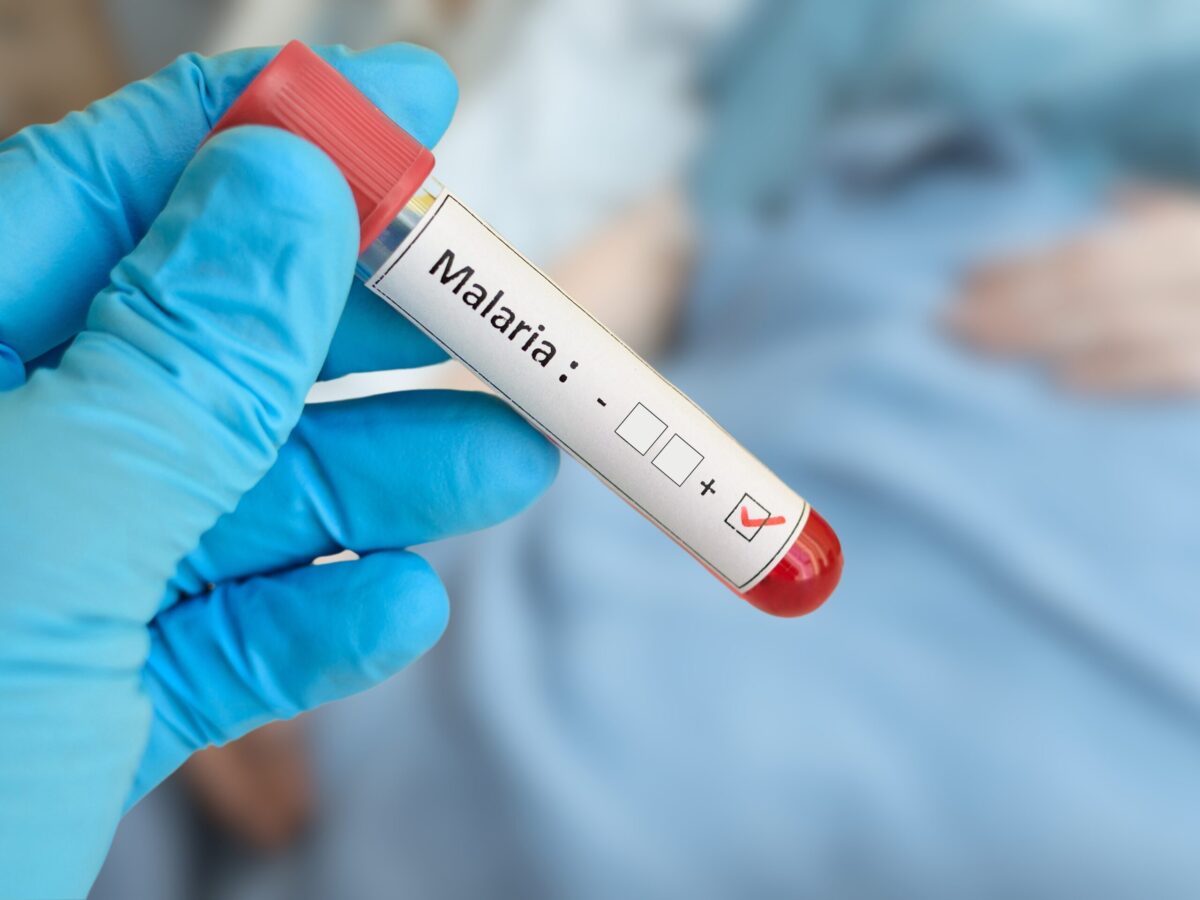Patients walking through the front doors of their local hospital may soon notice something flying overhead. It’s not an air ambulance, but a remote-controlled drone carrying blood products destined for transfusions.
A recent proof-of-concept study conducted at Johns Hopkins University, have found that bags containing blood products can remain stable and useable after being transported by drone. As long as the biological material is packaged in a temperature-controlled container – like a cooler – the researchers say that drones could be used to quickly and safety deliver blood to remote hospitals, and even accident sites.
“For rural areas that lack access to nearby clinics, or that may lack the infrastructure for collecting blood products or transporting them on their own, drones can provide that access,” said Dr. Timothy Amukele, assistant professor of pathology at the Johns Hopkins University School of Medicine, and the primary author on the publication. The study was published in the journal, Transfusion.
Amukele and his colleagues previously studied the effects of drone flight on patient-derived blood samples, and found that the chemical, hematological and microbial makeup of the blood was unaffected. Blood products destined for transfusion, however, face additional handling and transportation steps, as well as more stringent storage requirements.
Using six units of platelets, six units of red blood cells and six units of unthawed plasma – all procured from the American Red Cross – the researchers packed the blood products into coolers, bearing in mind the drone’s weight restrictions. The commercially-available S900-model drone was used for the study.
The drone carrying the blood products was tested using a series of 13 to 20 kilometer long flights, each taking up to 26.5 minutes. The temperature of the products was kept consistent using a combination of wet ice, dry ice and pre-calibrated thermal packs, and the temperature inside each container was continuously monitored throughout the flight.
The samples were then analyzed at The Johns Hopkins Hospital, with Amukele and his colleagues checking the red blood cells for signs of damage after centrifugation. The platelets were quantified and assessed for changes in pH, while the frozen plasma was studied for signs of thawing.
The researchers found that the integrity of the blood products was maintained during the drone flight. “My vision is that in the future, when a first responder arrives to the scene of an accident, he or she can test the victim’s blood type right on the spot and send for a drone to bring the correct blood product,” said Amukele.












Join or login to leave a comment
JOIN LOGIN